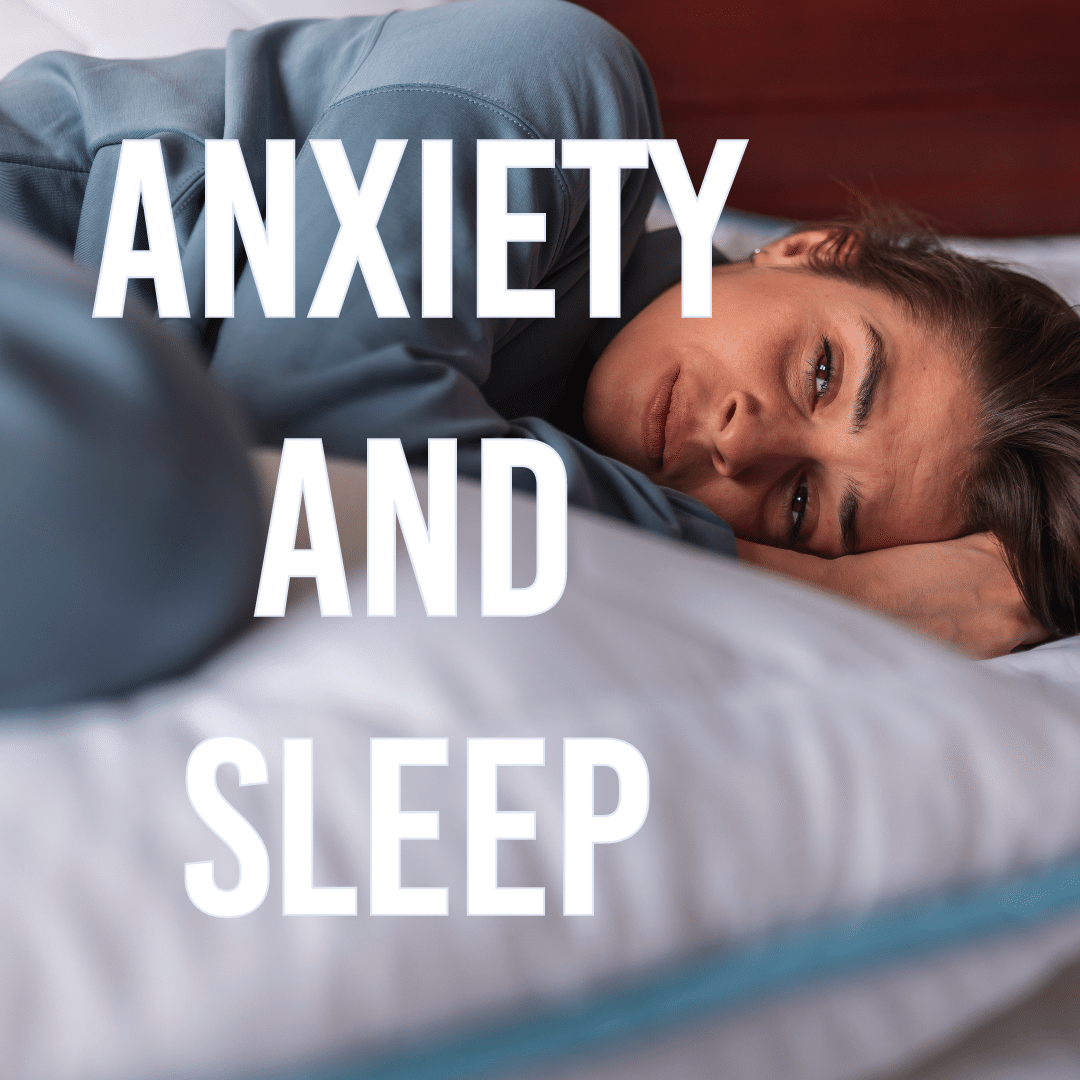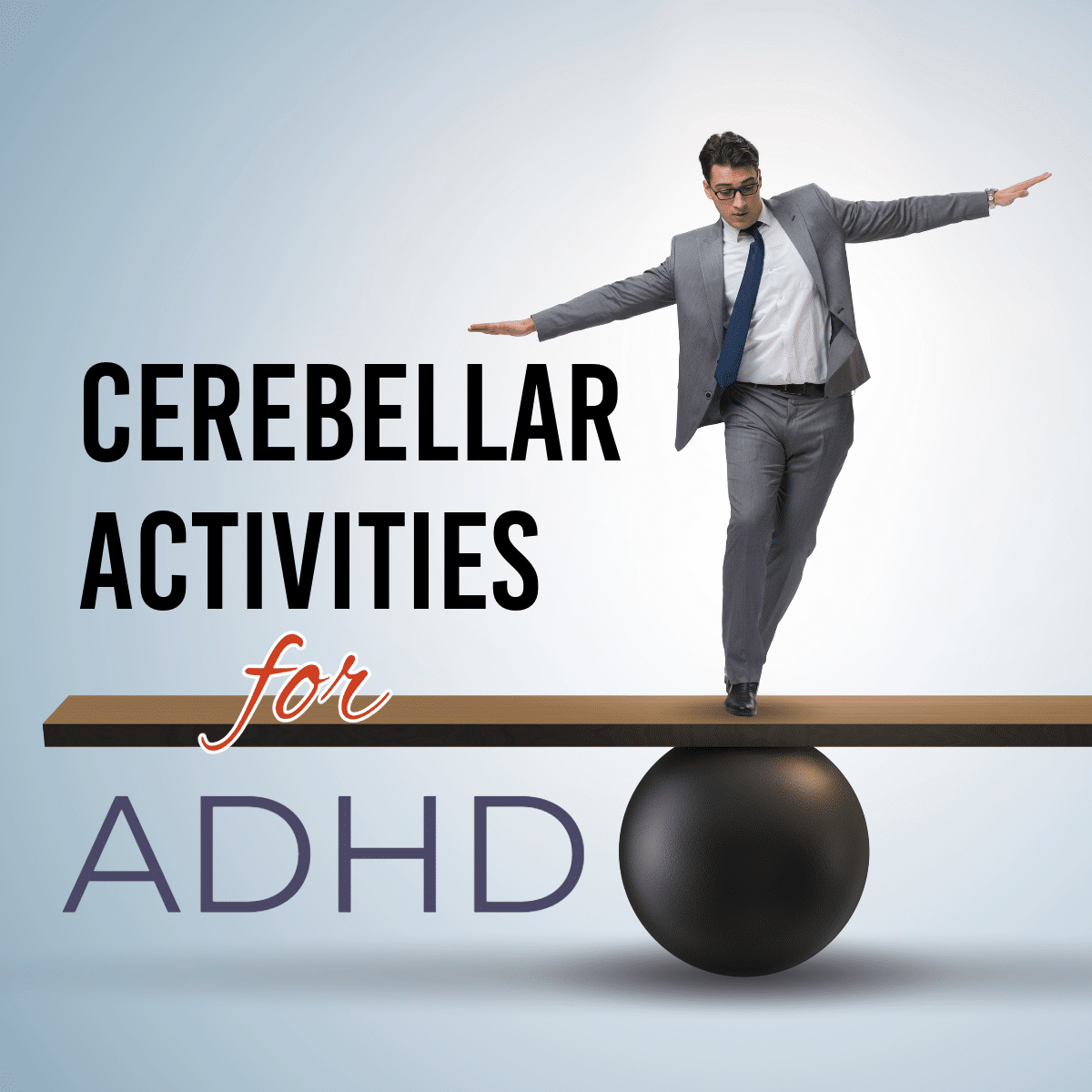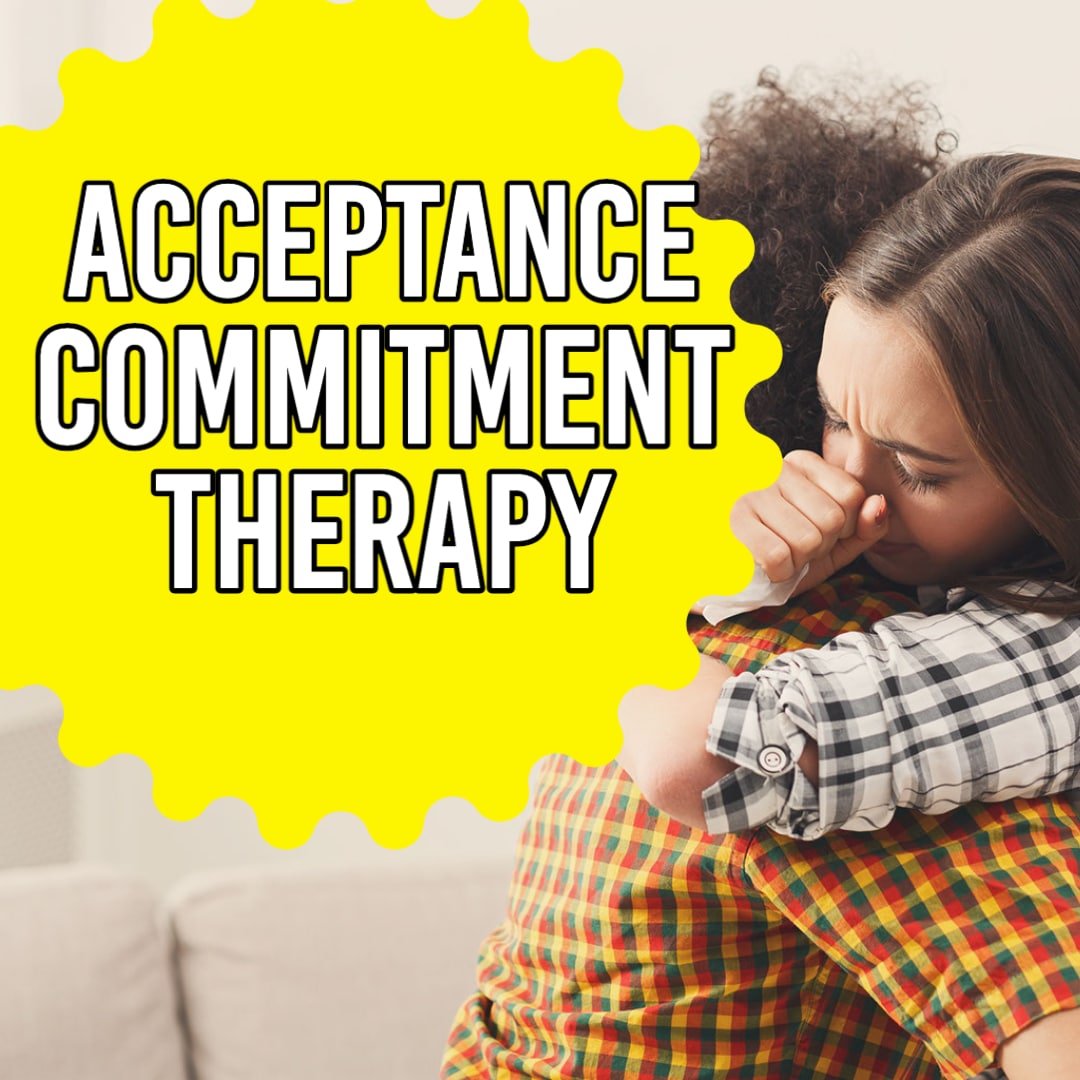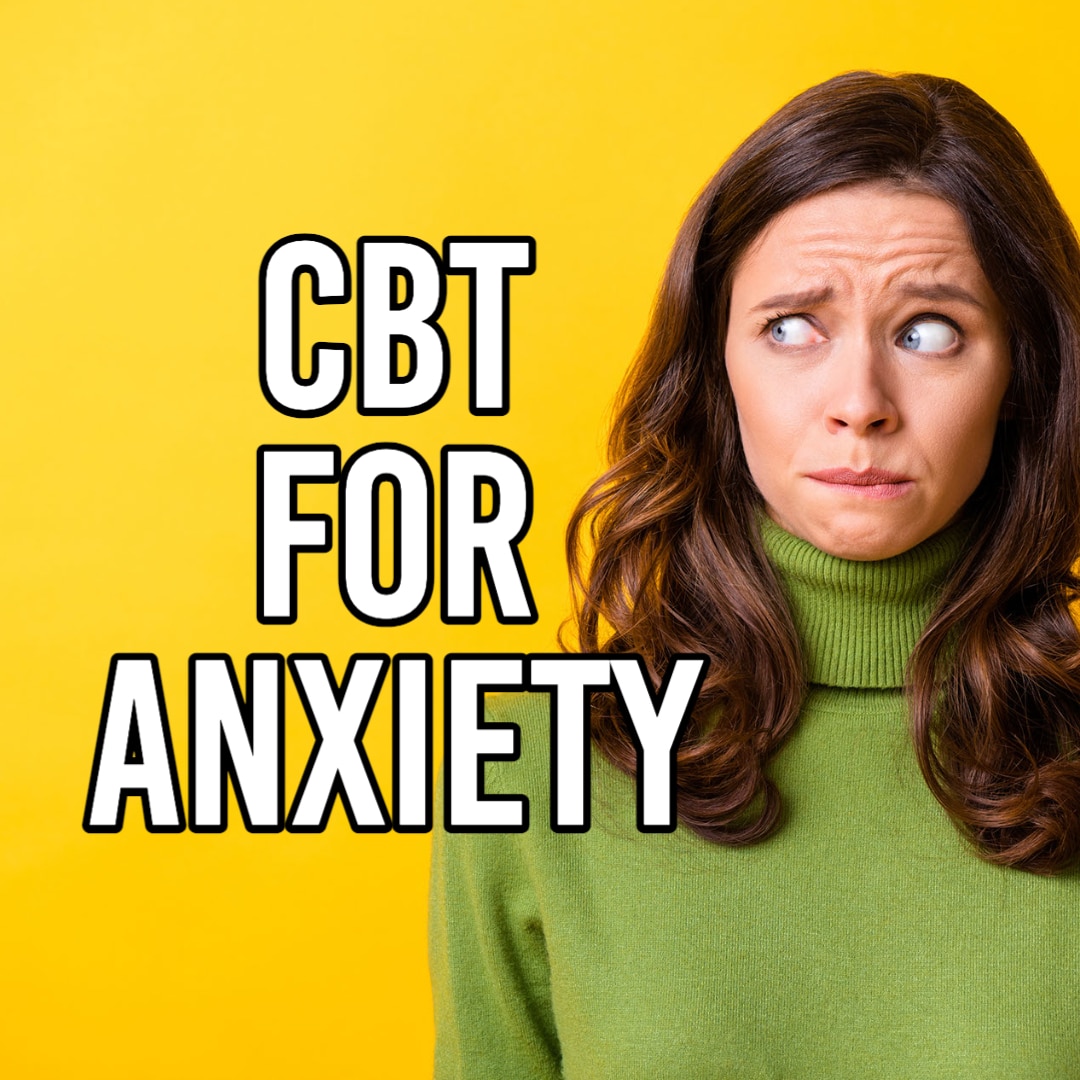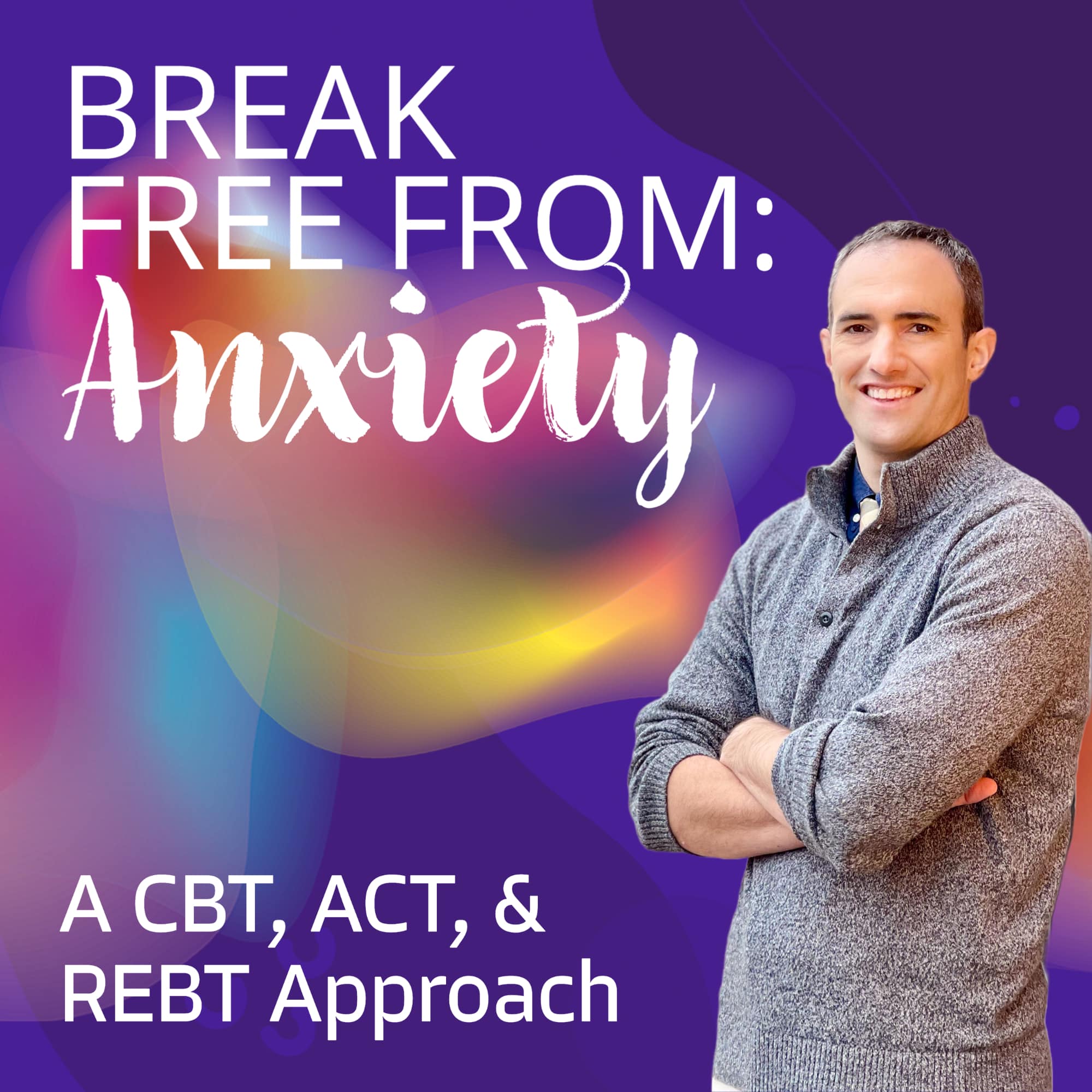In this article, Dr. Bruce Bassi, psychiatrist with TelepsychHealth, gives an overview of anxiety treatment options.
KEY TAKEAWAYS
- Treat the person, not the anxiety. Find options that increase function, well-being, which in turn will dial down symptoms.
- A variety of treatment options exist: medications, supplements, self-help, and psychotherapy.
- Psychotherapy options such as CBT, ACT, and REBT are great choices for treating anxiety.
What are treatment options for anxiety?
The best approach when treating anxiety disorders is to really embrace a multidisciplinary and multi-pronged approach:
- Psychotherapy with CBT or ACT
- Lifestyle adjustments: good sleep hygiene, moderate exercise for 20 minutes 3 times a week
- Appropriate nutrition with diet replete in B12, folate.
- Consider medication options
Table of Contents
2. Are there different types of anxiety disorders?
4. What are the DSM-5 criteria for generalized anxiety disorder?
5. Who is most at risk for anxiety disorders?
7. Why is recognizing and treating anxiety so important?
8. What are some typical reasons anxious people present to a doctor?
9. What is the main goal for treatment?
10. Are there any supplements that can treat anxiety?
11. What are dietary recommendations to treat anxiety?
12. What are medication treatment options for anxiety?
13. Are there non-medication options to treat anxiety?
14. Can psychotherapy help anxiety?
15. Are there self-help treatment options for anxiety?
16. What if treatments don’t work?
17. How do you reframe a situation to help anxiety?
What is anxiety?
Anxiety is a normal feeling just like sadness or anger. There are instances where anxiety can be completely appropriate to a particular situation. One of the biggest criticisms of psychiatry in the field of psychiatry in general is that people over medicalize and pathologize certain symptoms.
While people do have certain feelings of anxiety presence on a day-to-day basis that doesn’t necessarily mean it’s a disorder. It doesn’t necessarily mean we have to do something about it to treat it. When it gets to the point of being a disorder is when it’s debilitating you and preventing you from functioning. It is preventing you from functioning on a day-to-day basis “more days than not,” and it gets the point where you’re not living the life that you want to live.
So if you find that it’s pervasive and unending, then it it gets to a point need to seek treatment.
Anxiety itself is on a continuum: so you can have normal fears of a completely normal nature, such as from a dangerous animal.
Why does anxiety exist?
I know people probably heard this before, but there’s an evolutionary reason for people having anxiety in the first place. Anxiety was protective at one point for survival. We have inherent fears of fire, or a fear of falling off a cliff, or fear of dying of starvation, and that worry and anxiety drove people to find food and to seek shelter and to protect their family and loved ones.
So evolutionarily there was a benefit to anxiety, but then there becomes a point in our society where it is triggered and we are kind of mis-recognizing the wrong cues for triggering anxiety.
So instead of that bear or that fear of falling off a ledge, which are inherent pre-programmed feelings for anxiety, we’re being triggered by just speaking in a completely friendly benign situation to certain people.
Are there different types of anxiety disorders?
There’s a lot of different diagnoses for anxiety with the DSM. So there’s generalized anxiety disorder involves symptoms of anxiety and worry for at least six months with at least three out of six co-occurring coexisting symptoms at the same time. We’ll talk more about what those symptoms are.
Then there’s also panic disorder where people have a really rapid onset of fear of being out of control fear of losing control fear of dying like a panic attack and it’s usually not precipitated by something, and it’s completely unexpected and out of the blue. So if there is a preceding factor usually it is just a phobia related to that that certain factor for example if you have a panic attack related to being in an airplane or flying, then it’ll be if you’re a flying according to the diagnosis of what psychiatrist might put in the chart.
Then there’s also social anxiety disorder, where people have fear of interacting with other individuals or fear of speaking with other individuals that have fear of judgment. Generalized anxiety is more pervasive throughout people’s day. So when an individual is by themself with anxiety, that would be one this differentiation one way to differentiate between social anxiety disorder and generalized anxiety disorder. If you have that sense of worry and anxiousness when you’re by yourself that would be a little bit more supportive of generalized anxiety disorder.
There’s also PTSD which can be anxiety that is due to a prior trauma.
How common are anxiety disorders?
The lifetime prevalence of these disorders is between 5-12%. For Generalized Anxiety Disorder, between 5-7% at some point in their life will develop symptoms of generalized anxiety disorder. For social anxiety disorders about 12.1% and panic disorder about 5%, PTSD about 6.8% of people.
Anxoety doesn’t mean you’re you’re broken or you’re unfixable, but at some point you had met the criteria for that disorder.
When people are really struggling and grappling with that label, I recommend that you do not over-identify with it and don’t think of it as a label, but a way to really align yourself with other individuals with similar symptoms and a way for you to get the right treatment for those symptoms so regardless of what we call it: generalized anxiety, social anxiety panic these are ways for you to determine what other people are going through similar symptoms as you.
How is the diagnosis made?
We rely on self-report from individuals to ask if they have certain symptoms outlined in the DSM (see below). If the diagnosis is unclear, we may seek collateral information from family, or from other medical records.
The diagnosis can be made based on a clinical interview with a board-certified mental health clinician, and self report.
Diagnosing GAD can pose a significant challenge, as individuals may experience somatic symptoms as their primary symptoms of anxiety. Detecting hidden anxiety can also be difficult, as it may not always be apparent during a visit to a primary care doctor. To assist in diagnosis, screening tools can be employed to identify whether an individual meets the criteria for GAD.
What are the DSM-5 criteria for symptoms of anxiety disorders?
It could be difficult for people to recognize these severe anxiety symptoms. These are really from self-report and from a clinical picture, so there’s not any sort of lab tests or imaging tests to determine generalized anxiety. So it is defined as a “period of excessive worry and anxiety for more than six months, persistently, and difficulty controlling the anxiety.” And you need at least three out of these six symptoms:
- Restlessness or feeling keyed up
- Being easily fatigued. It is really draining to have your mind racing all the time and self evaluating constantly
- Difficulty concentrating. Of course if you’re trying to focus on a task and you’re anxious about performing in that test you’re not going to focus on whether or not you’re going to be doing it correctly and also if you’re in a conversation with somebody it might be difficult to speak your mind freely in your mind might go blank. So difficulty concentrating a key component of generalized anxiety disorder.
- Irritability
- Muscle tension
- Sleep disturbance which can either be difficulty falling asleep staying asleep or unsatisfying sleep.
And so these symptoms have to be causing clinically significant distress or impairment. If you’re going to the therapist or seeking help by a psychiatrist then it usually has reached a point where unless somebody is telling you to go to the hospital, it probably reached a clinically significant period of distress or impairment.
Who is most at risk for an anxiety disorder?
I had mentioned between five and six percent of people may meet the criteria for generalized anxiety in their lifetime.
- It’s more prevalent in women than in men in a two-to-one ratio
- The mean age of onset is an adolescence and so it’s important to keep in mind people can have an age of onset in their 20s so it doesn’t necessarily mean that you have to have these symptoms your whole life but often they’re prevalent or present in a more attenuated state in childhood and worse than when people go throughout various parts of their life in their late teens and 20s.
It’s the second most common psychiatric disorder after depression and primary care there’s an 8% to point prevalence at primary care so if you take all incoming individuals to primary care about 8 percent of people will meet the criteria for generalized anxiety disorder.
So generalized anxiety is under recognized by patients and so people typically have symptoms for about 10 years before seeking medical treatment and that’s from Olsen al from American Journal of Psychiatry in 1998.
Generalized anxiety is under-recognized by physicians so only 34 percent of patients are diagnosed correctly by a primary care physician
GAD is under-treated so only about 20% of patients who currently have the diagnosis are receiving proper treatments for it. Also achieving the remission and GAD is actually pretty difficult a few very few patients achieve a complete remission in GAD.
What causes anxiety?
Anxiety is influenced by genetics, with certain genes contributing to a more sensitive fear response in some individuals. The fear circuitry in the brain involves various regions, including the sensory cortex, thalamus, anterior cingulate, amygdala, hippocampus, and prefrontal cortex. The neurotransmitters involved in anxiety pathways are diverse, with serotonin, GABA, norepinephrine, and glutamate all playing a role in the development and manifestation of anxiety.
Our perception of a threat comes into afferent pathways of the sensory cortex and then goes to the thalamus which gets sent out to the cingulate and into the hippocampus to determine if these are really salient. Then from there it goes into the amygdala to really create and process that fear response and that’s when we tend to perceive the anxiety.
Epigenetic factors, which can modify gene expression without altering the DNA sequence, have been found to play a role in the development of anxiety. Maternal stress during pregnancy, for example, has been linked to an increased risk of anxiety and other mental health problems in offspring, which would turn on and off certain genes that contribute to anxiety.
Epigenetic modifications, such as DNA methylation and histone modification, can occur in response to environmental stressors and affect the expression of genes involved in the regulation of the stress response. Childhood experiences, such as abuse or neglect, can also lead to epigenetic changes that increase the risk of anxiety and other mental health disorders later in life. Understanding the epigenetic mechanisms underlying anxiety may lead to new treatments that target these pathways and provide more effective interventions for individuals with anxiety disorders.
Group Therapy
Can be incredibly helpful for anxiety to meet others with similar troubles and understand how they coped with anxiety. TelepsychHealth offers group therapy.
Why is recognizing and treating generalized anxiety disorders so important?
Impact on the person. People with GAD are more significantly are more likely to report poor sense of moral well-being, dissatisfaction with their job, dissatisfaction with family life and increased worry about minor matters which impair social functioning in close relationships. And also that impairment in social function can create more stress among family members. People with GAD have a higher state of vigilance and arousal from emotional situations so they have a high sense of emotional reactivity in certain social situations and so that makes people also pretty keyed up in and pretty stressed out.
Chronic stress exposure also has medical consequences.
- An increase the hypothalamus pituitary axis activation leads to hyper cortisolemia via increased cortisol production and disrupted glucocorticoid pathways. This can in turn lead to hypertension, coronary artery disease, obesity, type 2 diabetes and high cholesterol.
- Individuals with generalized anxiety are more likely to have bipolar one disorder or social anxiety.
- In terms of one of the more important co-occurring symptoms, which is major depressive disorder, people with generalized anxiety have a higher risk of developing major depressive disorder. Anxiety often precedes depression and increases the risk of developing depression. It also increases the risk of relapse or developing persistent depression.
Stress on our environment. Anxiety is found to have a big burden on our economy as well because people actually miss an average of 6.3 days of work per month worldwide. When people are at work there’s lost productivity and so 11 percent of annual individuals report a 50% decrease in productivity due to due to generalized anxiety.
One of the criteria for generalized anxiety is that difficulty concentrating in one survey of primary care patients about 21.9% of those patients with GAD were actually unemployed so that gives you a sense of how difficult it is for those individuals to keep and maintain a job generalized anxiety disorder also diminishes individuals quality of life and so when you compare individuals with GAD to healthy controls.
What are some primary reasons that patients with generalized anxiety disorder come to a physician?
Individuals with generalized anxiety disorder (GAD) often present to healthcare providers with somatic complaints or physical sensations. In fact, 48% of the time, somatic complaints are the chief reason that people with anxiety seek medical attention. This is because people with GAD are highly attuned to bodily sensations and tend to overanalyze physical symptoms, leading them to believe they have a medical problem. Additionally, individuals with coexisting pain and generalized anxiety tend to perceive their pain as worse than if they did not have anxiety. The heightened focus on physical sensations can also disrupt sleep, leading to further physical and emotional distress.
Unfortunately, the focus on somatic complaints can make the diagnosis of GAD more difficult. Individuals with GAD may not even realize that their anxiety is the underlying cause of their physical symptoms and instead may seek medical attention for a variety of unrelated symptoms. This can lead to a larger medical workup with multiple tests, including cardiac and gastrointestinal tests, that all come back negative. Some individuals may experience atypical pain or undiagnosed gastrointestinal symptoms that defy explanation, leaving physicians struggling to determine the underlying cause.
Negative anticipatory thinking is common in individuals with GAD. This means that they may already be convinced they have a problem before they even see a healthcare provider, leading them to perceive normal bodily sensations as something more serious. Unfortunately, this can lead to a cycle of increased healthcare utilization as the individual becomes convinced they have a medical problem and seeks medical attention for every new symptom or sensation.
However, a proper diagnosis of GAD is essential to getting individuals on the right path to treatment. The right treatment can improve quality of life and reduce the risk of developing other psychiatric comorbidities.
So what is the main goal for treatment?
The primary objective of treating anxiety is to restore functionality rather than to eliminate symptoms. The reason for this is that complete elimination of anxiety symptoms is often impossible or not feasible as it is a natural and normal response to certain situations.
Instead, the goal is to determine how you can avoid avoidance. Try to eliminate phobic avoidance of specific situations and engage in daily life activities as you would normally. The main goal of anxiety treatment is to restore the individual’s ability to carry out their everyday activities such as work, family, and recreation. Achieving this functional restoration can greatly improve the individual’s overall quality of life. Focusing on restoring functionality, rather than just eliminating symptoms, will lead to a more effective and sustainable treatment outcome.
Are there any supplements that can be used to treat anxiety?
With any supplement, I would recommend that you cross reference examine.com for evidence basis to treat anxiety.
- Omega-3 Fatty Acids: Omega-3s are essential fatty acids that can be found in fatty fish, nuts, and seeds. They have been shown to have a calming effect on the brain and may help to reduce symptoms of anxiety.
- Lavender: Lavender is an herb that is often used in aromatherapy for its calming properties. Some studies have shown that lavender supplements may be helpful for reducing symptoms of anxiety.
- Valerian Root: Valerian root is an herb that has been traditionally used as a natural sleep aid and anxiety remedy. Some studies have shown that valerian root supplements may help to reduce symptoms of anxiety.
- Chamomile: Chamomile is an herb that is often used in teas and supplements for its calming properties. Some studies have shown that chamomile supplements may be helpful for reducing symptoms of anxiety.
- Holy basil: Also known as Tulsi, is a sacred herb in India and Southeast Asia that is commonly used in traditional medicine for its potential health benefits.
- Rhodiola: Rhodiola is a herb that grows in cold regions of the world and is often used as a natural remedy for reducing stress and fatigue, and improving cognitive function.
What are dietary recommendations to treat anxiety?
While there is no specific diet that has been proven to cure anxiety, there are some dietary recommendations that can help alleviate anxiety symptoms. Here are some dietary recommendations to consider:
- Avoid caffeine: Caffeine is a stimulant that can increase anxiety symptoms, so it’s best to avoid it or limit its consumption.
- Increase omega-3 fatty acids: Omega-3 fatty acids, found in fatty fish, flaxseed, and chia seeds, have been shown to have anti-inflammatory properties that can reduce anxiety symptoms.
- Eat a balanced diet: Eating a balanced diet that includes whole grains, fruits, vegetables, lean proteins, and healthy fats can help improve overall mental health.
- Limit alcohol consumption: Alcohol is a depressant that can worsen anxiety symptoms and interfere with sleep, so it’s best to limit alcohol consumption.
- Stay hydrated: Dehydration can exacerbate anxiety symptoms, so it’s important to stay hydrated by drinking water throughout the day.
- Consider magnesium-rich foods: Magnesium is a mineral that has been shown to have a calming effect on the nervous system. Foods rich in magnesium include dark leafy greens, nuts, seeds, and whole grains.
It’s important to note that dietary changes alone may not be enough to treat anxiety and that it’s essential to seek professional help for proper diagnosis and treatment.
What are medication treatment options?
Medication treatment options are a common choice for managing mental disorders such as anxiety, depression, and other mental health conditions.
The specific medication prescribed depends on the individual’s symptoms and the severity of their condition, and is determined according to the guidelines set out in the Diagnostic and Statistical Manual (DSM).
First-line treatment options for anxiety and depression include duloxetine, escitalopram, paroxetine, pregabalin, sertraline, and venlafaxine. These medications typically take at least 6 weeks at a “therapeutic dose” to reach their full effect.
Benzodiazepines are another medication option that can be used initially when an individual experiences an acute, severe episode of anxiety.
However, their use is recommended for a short period to bridge individuals onto SSRIs or SNRIs as benzodiazepines can worsen anxiety disorders. Furthermore, these medications can cause cognitive deficits, memory impairments, disinhibition, and may have reinforcing properties that can lead to addiction.
For those who have been started on an SSRI or an SNRI, it is recommended to wait for at least eight weeks before evaluating their response to the medication.
If the individual responds well to the medication, it is recommended to continue the treatment for six months to one year before re-evaluating the need for medication.
While medication can be helpful for managing mental disorders, it is important to consider other psychological therapies, such as cognitive-behavioral therapy (CBT), which is also recognized as a first-line treatment for anxiety and depression by the Anxiety and Depression Association.
CBT is a non-pharmacological treatment that can help individuals develop skills to manage their symptoms in the long term, without the risks associated with medication.
Are there non-medication options to treat anxiety?
Biofeedback. Biofeedback is a technique that involves monitoring and controlling bodily functions, such as heart rate, breathing, and muscle tension, with the goal of improving physical and mental well-being. In the case of anxiety, biofeedback can be used to help individuals learn to recognize and control the physiological responses that contribute to feelings of stress and anxiety. Through monitoring devices and visual or auditory feedback, individuals can learn to regulate their breathing, heart rate, and muscle tension, which can help to reduce anxiety symptoms. Biofeedback has been shown to be effective in treating various types of anxiety disorders, including generalized anxiety disorder, panic disorder, and social anxiety disorder, and can be used as a standalone treatment or in combination with other therapies.
Cranial electrical stimulation. Cranial electrical stimulation (CES) is a non-invasive therapy that involves delivering low-level electrical currents to the scalp using electrodes attached to the ears or forehead, such as with the alpha-stim device. There is significant data to support its use. The electrical currents are believed to stimulate the production of neurotransmitters and promote relaxation, which can help reduce symptoms of anxiety. Studies have suggested that CES may be an effective treatment for anxiety disorders, including generalized anxiety disorder and post-traumatic stress disorder. It is important to note that CES should only be performed with training and under appropriate supervision to minimize the risk of adverse effects.
Psychotherapy treatments for anxiety
Psychotherapy is a highly effective, and long-lasting, strategy to reduce anxiety. There are a few other types of psychotherapy options such as metacognitive therapy, acceptance based therapy, short-term psychodynamic therapy, or you can use interpersonal therapy, motivational interviewing or simply exercise as a way to help treat anxiety.
CBT may be one of the most well proven options for treating anxiety. A couple other options are: positive psychiatry and also resilience training.
Positive psychiatry.
This involves 10-minute evening mental exercises of thinking about something that was pleasurable or fun or brought joy to you or amusement to you. So you would basically at the end of the day check in with yourself and reflect and write down three things that you have experienced and describe how you felt. You’d want to find something that was actually pleasurable for you. So the idea in positive psychiatry is to re-engage your mind and focus your attention more on positive aspects of your life that are probably all around you in certain relationships and accomplishments but when we’re really caught up in our own mind with generalized anxiety we don’t really focus as much on those positive aspects of our life, so checking in at the end of the day and actually writing this down can be really helpful and kind of realign and refocus your vision and the really positive things around you.
Resilience training.
Resilience training refers to the process of developing an individual’s ability to cope with stress, adversity, and challenges in a positive and effective manner. Resilience is the ability to bounce back from difficult experiences and adapt to new situations with a positive outlook. It involves the development of a set of psychological and emotional skills that help individuals maintain their mental and emotional health during times of adversity.
Resilience training typically involves a combination of cognitive and behavioral techniques designed to help individuals manage their thoughts and emotions, build social support networks, and develop healthy coping strategies. These techniques may include cognitive restructuring, positive self-talk, mindfulness meditation, relaxation techniques, and problem-solving skills.
Resilience training can be helpful for individuals experiencing a range of challenges, including trauma, loss, relationship problems, financial difficulties, and work-related stress. It is often used in the workplace to help employees develop the resilience they need to thrive in high-pressure, fast-paced environments.
Overall, resilience training is a proactive approach to mental and emotional health that emphasizes the importance of building a strong foundation of coping skills and resources that can help individuals navigate life’s challenges with greater ease and success.

Are there any self-help treatment options?
There are many self-help treatment options available. I would recommend a self-help option that includes all of the following:
- Evidence based therapy modality, such as CBT or ACT.
- Prompts that allows you to self reflect and journal.
- Trusted source or teacher.
You can consider taking a CBT for Anxiety Course. This course contains over 2.5 hours of the most useful therapeutic concepts for treating anxiety. The course is presented in a structured and organized manner, with clear objectives and learning outcomes for each module. The course material is also accompanied by interactive exercises, case examples, and self-assessment tools that allow participants to apply the concepts they learn to their own lives.
Another option to use on the go, and to help develop coping skills for anxiety and panic is to use the Rootd app.
What if treatment for anxiety isn’t working?
If your symptoms do not improve with medication options and therapy, there are several things you could do. Firstly, you could consider switching to another first-line treatment. Additionally, it may be helpful to reevaluate the diagnosis, examine for any comorbidities such as past traumas, assess treatment adherence (ensuring the medication is taken daily), and check for adequate dosage (ensuring the medication is at a therapeutic level and not just an introductory starting dosage).
If a particular medication is not working, try augmenting the medication with CBT or augmenting it with a benzodiazepine, or with a low dose medication of an anti-psychotic medication. So some antipsychotic medications such as abilify could be helpful. Or try olanzapine, seroquel, or risperdal. These are third-line medication options as an adjunctive therapy to be used in addition to an SSRI or SNRI.
Can you reframe a sitution to help anxiety?
So rethinking about your current situation or your current life coping strategies with other friends or family members or other support or a pastor, or using humor as a as a mature defense mechanism in order to promote resilience is really helpful. Using physical exercise, certain types of pro-social behaviors so doing something that’s good for humanity and good for our society actually brings more resilience and more joy to us, it actually promotes positivity in our own mind when we bring joy and goodness to other people. And also doing some sort of mindfulness or meditation can promote resilience. So you’re bringing down that overall level of stress so when you do have these little bit blips of stress that are that are encountered throughout your day, you’ve already practiced and honed in on those sorts of exercises and techniques that you can fall back on.

 Bruce Bassi
Bruce Bassi